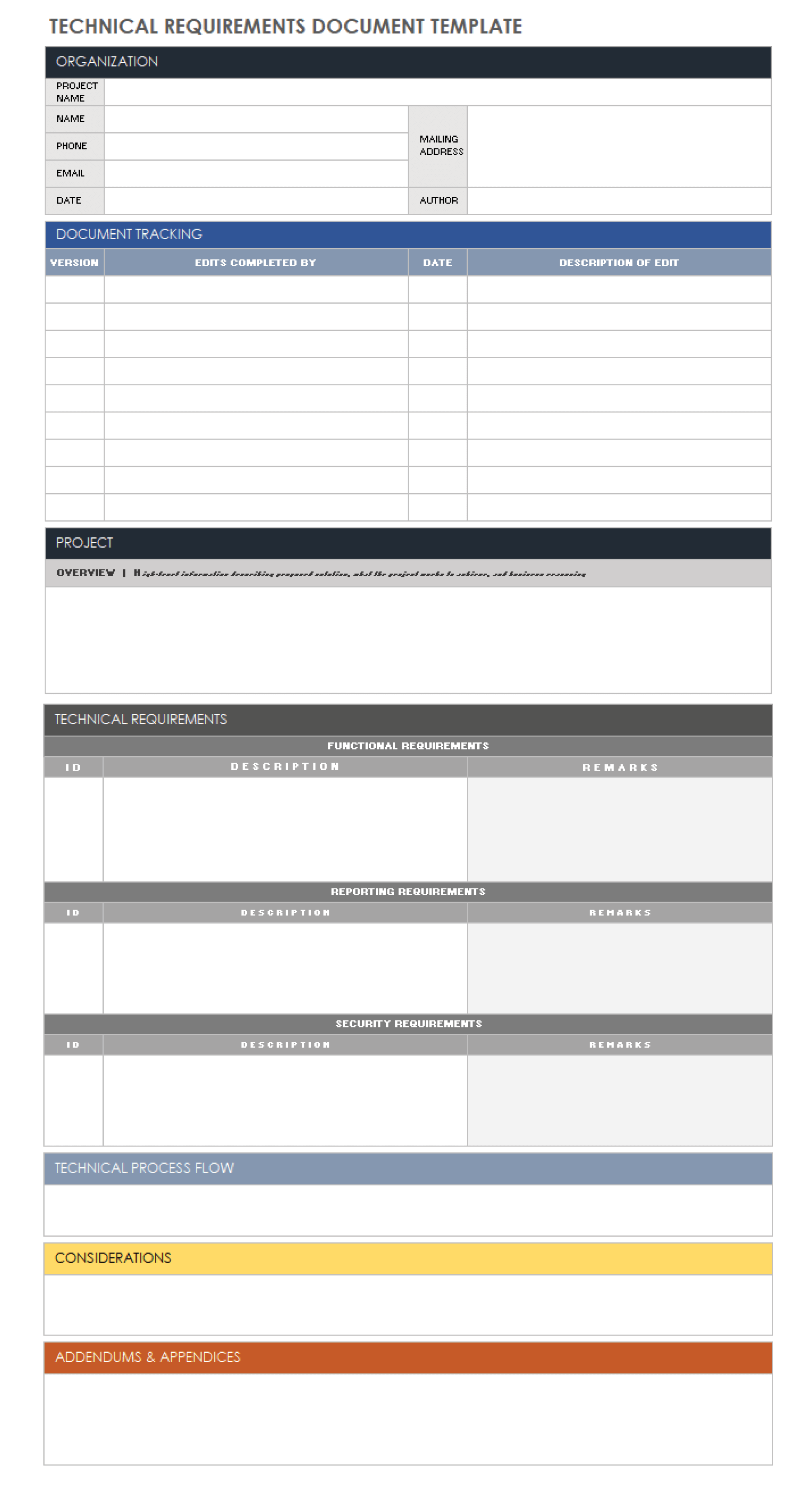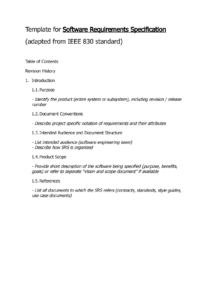Requirements gathering is the process of collecting and documenting the requirements of a project or system. It is an essential step in the software development lifecycle as it ensures that the final product meets the needs of the stakeholders. A well-defined set of requirements will help to reduce the risk of project failure and ensure that the final product is on time, within budget, and meets the needs of the users.
There are many different ways to gather requirements, but one of the most common and effective methods is to use a template or checklist. A requirements gathering template checklist can help you to ensure that you capture all of the necessary information and that the requirements are clearly and concisely documented.

What to Include in a Requirements Gathering Template Checklist
The following are some of the key elements that you should include in a requirements gathering template checklist:
- Project scope: A brief description of the project, its goals, and its objectives.
- Stakeholder analysis: A list of all the stakeholders involved in the project and their roles and responsibilities.
- Requirements elicitation techniques: A description of the techniques that will be used to gather requirements, such as interviews, surveys, and workshops.
- Requirements documentation format: A description of the format that the requirements will be documented in, such as natural language, use cases, or user stories.
- Requirements validation criteria: A list of the criteria that will be used to validate the requirements, such as completeness, consistency, and feasibility.
How to Use a Requirements Gathering Template Checklist
To use a requirements gathering template checklist, follow these steps:
- Identify the stakeholders: Identify all of the stakeholders involved in the project and their roles and responsibilities.
- Gather requirements: Use the requirements elicitation techniques described in the checklist to gather requirements from the stakeholders.
- Document the requirements: Document the requirements in the format specified in the checklist.
- Validate the requirements: Validate the requirements using the criteria specified in the checklist.
- Manage the requirements: Manage the requirements throughout the project lifecycle, making sure that they are kept up-to-date and that they continue to meet the needs of the stakeholders.
Conclusion
A requirements gathering template checklist can be a valuable tool for ensuring that you capture all of the necessary information and that the requirements are clearly and concisely documented. By following the steps outlined in this article, you can create a requirements gathering template checklist that will help you to successfully gather, document, and manage the requirements for your project.
Remember, requirements gathering is an iterative process. As the project progresses, you may need to revisit the requirements and make changes. By using a requirements gathering template checklist, you can ensure that the requirements are always up-to-date and that the project is on track to meet the needs of the stakeholders.

